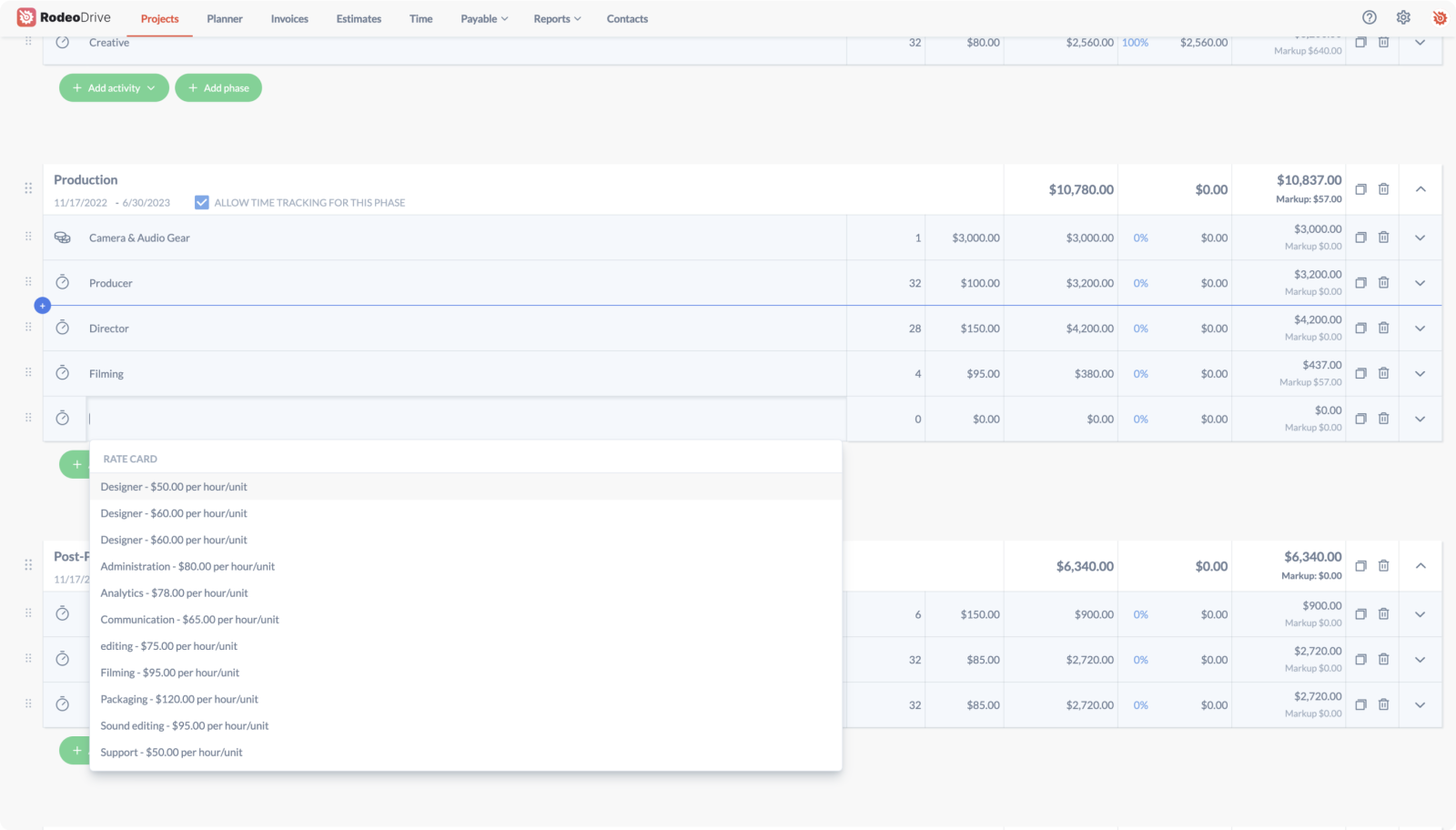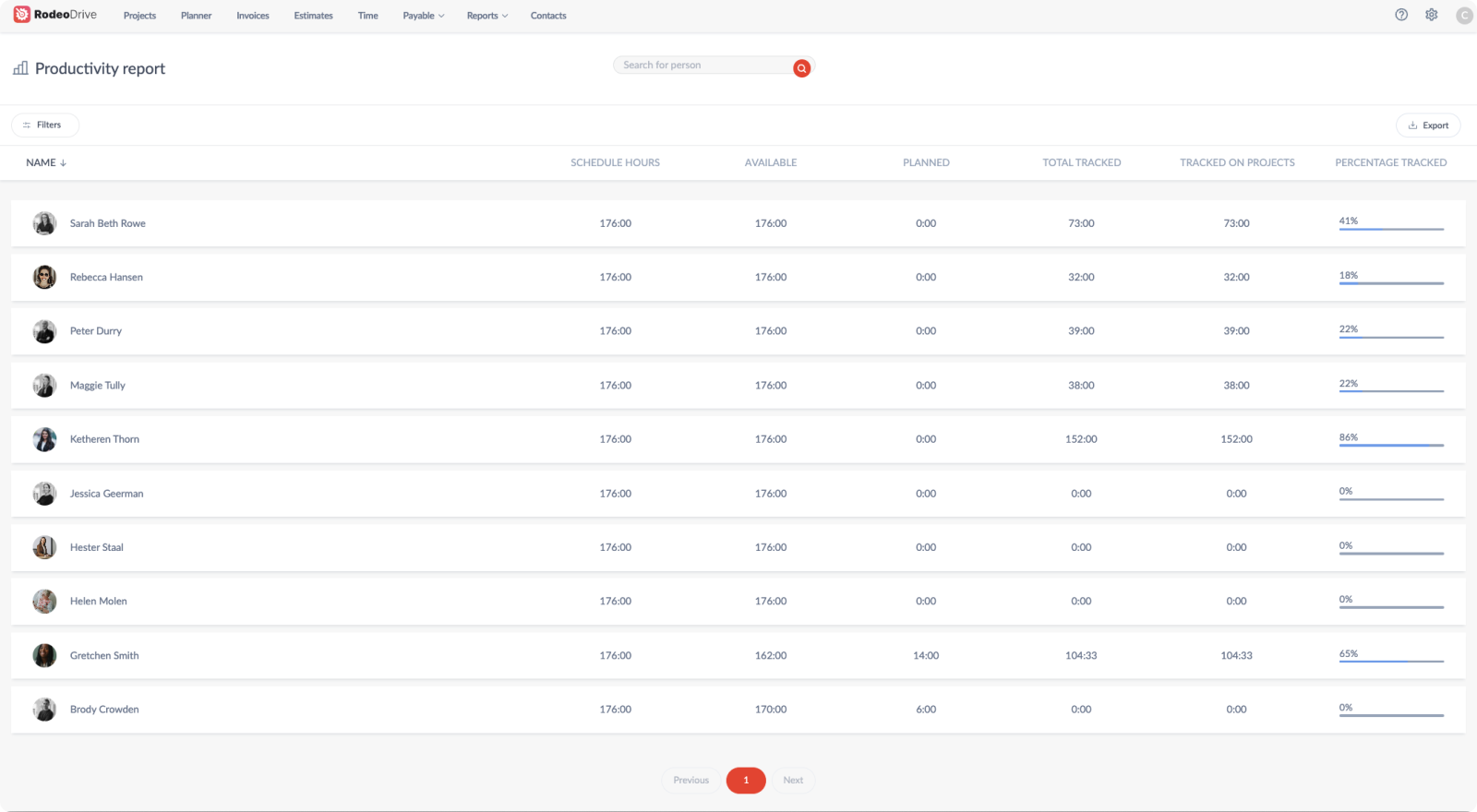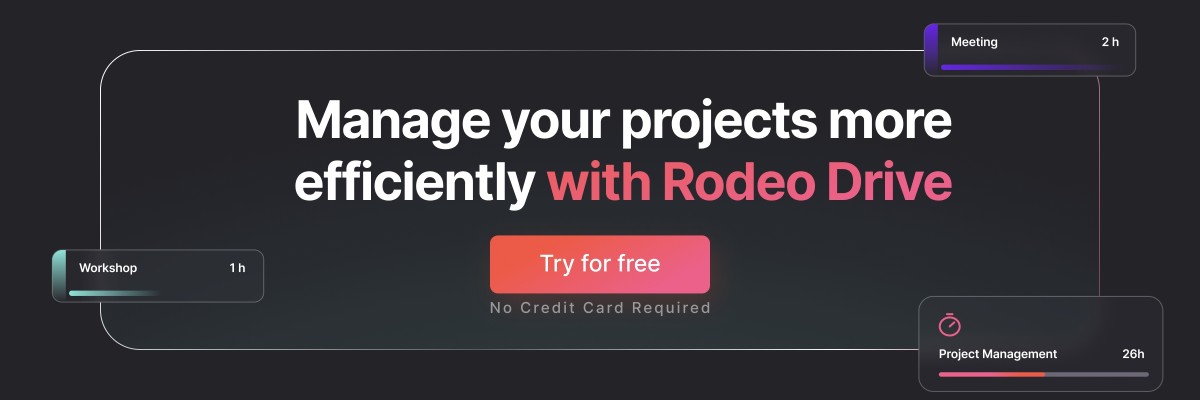What Does a Project Manager Do? A Look at 10 Key Responsibilities
You’ve probably heard the project manager title thrown around quite a lot, but it can be difficult to understand what they actually do every day.
This is because project managers are responsible for quite a lot of tasks, and their exact job duties might differ a lot depending on the type of project and the industry they work in.
In this blog, we’ll peel back the curtain to give you a better understanding of what most project managers do, the skills required for their role, along with 10 key responsibilities.
First, what’s a project manager?
To understand the project manager role, you’ll first need to understand project management. Project management is a systematic process used to complete projects, which includes a set of activities or objectives that must be completed to meet an organization’s broader goals.
Projects are usually characterized by their temporary nature, as they’re limited by a set timeline and budget, unlike many other ongoing activities companies participate in.
As you might’ve already guessed, project managers oversee projects and serve as the team leader who guides everyone through the project lifecycle from start to finish.
What does a project manager do?
So, what does a project manager do? The short answer: everything. This includes creating project plans, organizing timelines and budgets, monitoring progress, and communicating with clients and stakeholders, among many other responsibilities.
Think of the project manager as the person who handles high-level issues relating to the direction or scope of the project. It’s their job to ensure that all of the project objectives are completed on time and within budget.
Really, the project manager must be a strong leader with the right industry knowledge to ensure that the team delivers on what the client is looking for. Part of the project manager’s job is to manage the team while a significant portion is related to accurate project planning.
What skills are required to take on the project manager role?
There are dozens of project management skills that seasoned project managers typically have. Some are soft skills, meaning they’re learned through experience and practice, whereas others are more technical and require structured training or education.
While you won’t be skilled in all areas when you’re just starting out in project management, you want as much of a strong foundation as possible. Here are three skills you should have if you’re looking to take on a project management role.
#1 Adaptability
Project managers who are adaptable can quickly adjust to changing project conditions without threatening the project's success. Adaptable project managers are able to problem solve on the fly — a skill that can be difficult to pick up but extremely useful to have when dealing with unexpected scope creep.
Also read: Don’t Risk Your Project: 10 Steps to Handle Last-Minute Scope Changes
#2 Collaboration
When project managers fail to foster sufficient collaboration among the project team, a disproportionate amount of work typically falls unfairly on a few team members. This is why it’s crucial that the project manager helps everyone work together.
Identifying ways for team members to support each other will come with practice. However, collecting feedback from each team member during 1:1 check-in meetings on team dynamics can be another strategy to help you find ways to improve collaboration. You’ll find that the quality of your team’s work will improve when you do so.

#3 Planning
Planning is perhaps one of the hardest things project managers are tasked with. They need to be able to turn project objectives into an achievable plan that takes factors like budget and team capacity into account.
Because a bad project plan can completely foil a project’s chances of success, this skill will likely require more formal training or education than other skills. Above all, every project manager should be able to identify the characteristics of a solid project plan and put those learnings into practice.
Pro tip: Many PMs find project management charts to be a useful tool during the planning process.
Top 10 responsibilities of a project manager
As we’ve already mentioned, project managers have a lot on their plates, and they certainly have more than a dozen main responsibilities.
That said, these are the 10 responsibilities that usually fall under their purview as part of a traditional project manager position:
1. Writing project proposals and plans
As a project manager, you will almost always be in charge of creating project plans, and sometimes you’ll have the added responsibility of creating project proposals.
Project proposals are usually necessary when a client is considering working with several different project teams, and you need to convince them to work with your organization. Since the goal of a project proposal is to win a client or stakeholder buy-in, you’ll want to showcase the main elements you’d also include in your project plan such as timeline, budget, and key milestones.
Keep in mind that your proposal is a high-level look at your ideas for the project. Once the client decides to work with your team, you’ll need to create an actual project plan, which will be a much more robust document outlining what exactly needs to be done and when in order to achieve your objectives.
Related: The Ins and Outs of the Strategic Planning Process

2. Implementing a project management methodology
Planning can be an insurmountable task, and utilizing a project management methodology can provide a framework for your project planning. It’s up to each project manager to decide which methodology their team will use and implement it accordingly.
The methodology you choose will need to depend on your industry and project objectives. For example, if you’re leading a marketing team, you may want to consider the Kanban method, since it allows you to organize project tasks more visually, making everything more transparent for the entire team.
On the other hand, a software development team will be better suited for Scrum or agile project management where work is organized into short cycles called sprints. Having a foundational knowledge of the main methodologies will help you decide what’s best for your project.
3. Building budgets
When your client expects work to be completed for a certain price, there’s no room for poor budgeting as a project manager. Building an effective budget involves accounting for all project-related labor, transportation, and material costs, and selecting a budgeting method to help you calculate an accurate estimate.
Not only does the project manager have to build the budget and get it approved by the client, but they also have to monitor them throughout the project lifecycle. If a particular project activity ends up requiring more funds than initially expected, the project manager is the one who must figure out what other budget activities can be cut to account for the overrun.
There are numerous project management tools on the market to help make budgeting easier — including Rodeo Drive, which not only allows you to easily send your budgets to clients as an estimate, but also enables your budget to update in real-time as your team tracks time toward the project. This will give you an accurate picture of how your actual spending compares to your budget at any point during the project.

4. Effectively managing project timelines
Time is one of the most valuable project resources, which is why it’s so important that project managers know how to spend it wisely. Project managers typically build their project timeline during the planning stage and are responsible for managing it as the project progresses — just like with budgets.
But beyond the project timeline, overall team time management is another responsibility of project managers. This involves ensuring everyone is utilizing their time wisely and dedicating an appropriate amount of time to tasks. This is particularly important for teams who charge clients based on the number of billable hours recorded.
Here’s a look at Rodeo Drive’s productivity report, in which you can see how each team member is spending their time:

Related: Benchmarking in Project Management: Definition, Approaches, and Best Practices
5. Assessing risks
All projects come with some level of risk, each with its own level of severity and likelihood of occurring. Some might be more minor — such as a shipment delay that requires you to slightly alter the project timeline — whereas others are more extreme, such as a team member suddenly quitting and leaving the project manager to determine who will finish their outstanding project tasks.
This isn’t to say that you need to anticipate what you’ll do in the event that your entire team quits, but you should have a plan to monitor for things like shipment delays so you’re able to adjust quickly. For instance, maybe you have a backup supplier that you can get materials from if you experience a severe delay.
All in all, the key to mitigating these types of risks is by being properly prepared. During the planning process, project managers work to identify the relevant risks, their severity, and the likelihood they will occur, and in some cases, assign a team member to monitor changes.
6. Preparing contingency plans
So, we already know that project managers are in charge of assessing and managing risks, but what happens if something actually goes wrong? That’s where contingency planning comes into play.
Your contingency plan outlines the exact steps you’ll take if the risk materializes. This allows you to react faster during times of uncertainty. For example, if a supplier misses a crucial deadline, your contingency plan will outline what you should do and who you should immediately contact to rectify the issue. They also need to ensure that there’s a budget in place to execute this contingency plan.
Project managers won’t have the time to create a contingency plan for all possible risks — just the ones that are most imminent or will have the greatest impact on project outcomes.
7. Keeping project documentation organized
Documentation is a behind-the-scenes part of project management that often gets forgotten as one of the main responsibilities of a project manager.
The term ‘project documentation’ refers to record-keeping that should be done throughout the entire project process illustrating why decisions were made and who was involved in each part of the project. This way, if the client asks why your team made a particular decision, you’ll immediately have answers and know who to ask for more information.
Additionally, sometimes you’ll need to provide the client with additional documentation to ensure all project requirements are met. These documents might include data that can be used to shape the client’s future plans, for instance.
8. Managing team task assignments and deadlines
Planning out the work that needs to be done to complete the project is one thing, but overseeing task assignments and managing workload capacities is another responsibility entirely. The project manager is responsible for breaking the project into tasks and subtasks and determining when everything needs to be completed.
But without a centralized place to plan and organize your team’s workload, task management can easily become a nightmare for project managers. This is why many opt for a project management tool like Rodeo Drive, which helps you keep track of outstanding tasks and plan new tasks based on your team’s capacity.

This way, you’ll have a go-to place to check for progress updates on projects without having to frequently bother your team for status updates.
9. Conducting check-in meetings
Every project manager is responsible for making sure their team members feel supported in what they’re working on. An easy way to do this is with regular check-in meetings, which can take many different forms.
If your team is small enough, you might want to organize biweekly 1:1 meetings to discuss roadblocks they’re facing and provide an opportunity for mentorship and development. If this is too time-consuming, a weekly teamwide meeting can also suffice.
Some project management methodologies already have a structure for check-in meetings built into their framework — such as Scrum, which requires 15-minute daily standup meetings led by the Scrum master.
Regardless of how you go about structuring these meetings, the important thing is that you’re giving team members an opportunity to ask clarifying questions and create a line of communication on the difficulties they might be facing in their work.
10. Ensuring project deliverables are high quality
Since project deliverables are the result of everyone’s contributions, you want to make sure that the team’s work is consistent and high quality, rather than a hodgepodge of each team member’s work.
This makes quality control a key responsibility for project managers, especially since they’re the ones who create the project plan and thus have the best understanding of what the project should look like. Part of this responsibility also includes anticipating the questions that the client will ask and incorporating answers to those questions into the final report or presentation.

How can I become a project manager?
There’s no one way to become a successful project manager. Some people take the more traditional path, whereas others land a project management role by acquiring enough experience in the right industry.
If you’re considering the traditional route, you’ll likely want to start by earning a bachelor’s degree. This is because having an advanced degree makes it easier to obtain many of the Project Management Institute certifications. Many people then specialize by learning the ins and outs of a particular industry to make themselves more marketable.
Even if you aren’t specialized or don’t have a college education though, one of the easiest ways to break into the field is by pursuing certification — which anyone can do, so long as they meet the prerequisites. Some certifications, such as the Certified Associate in Project Management (CAPM), are truly entry-level, whereas others are intended for project managers with more experience working with a particular methodology.
Takeaway
All in all, project managers do a lot of different tasks, which require a range of skills. Although this might seem intimidating, project management roles are doable with the right experience, certifications, and tools.
If you’re looking for a software solution to assist with some of these project manager responsibilities and make it easier to keep your project information organized and centralized, Rodeo Drive can help. The project management software tool offers all of the features you’ll need to manage projects in just one app, eliminating the need for third-party integrations.
Want to see for yourself? Try for free today.








